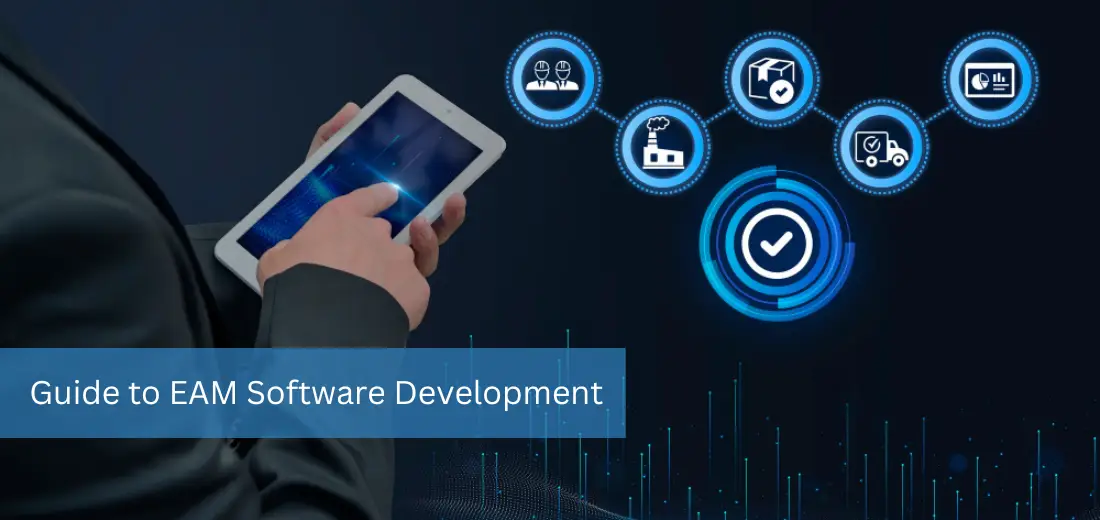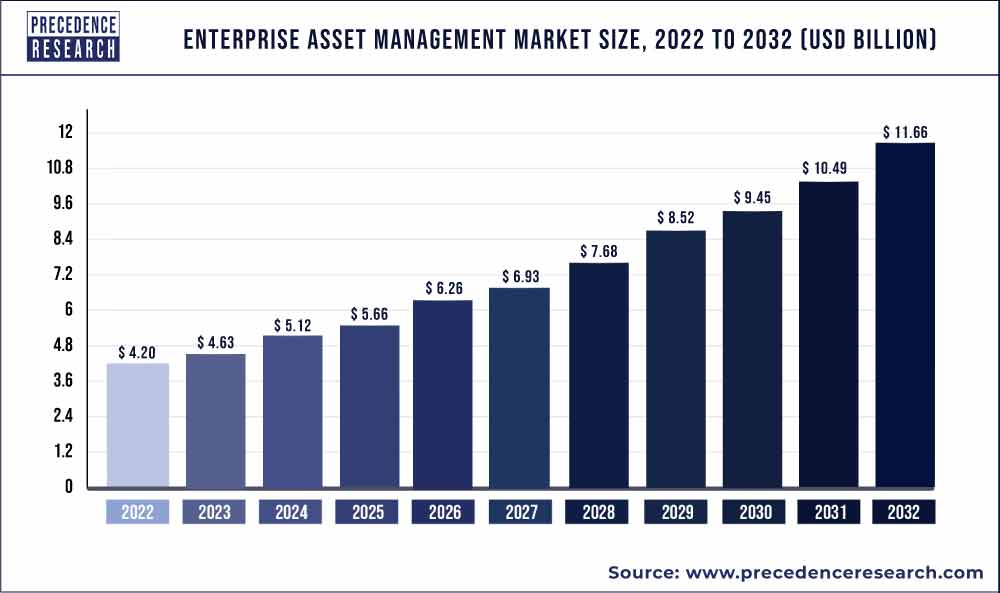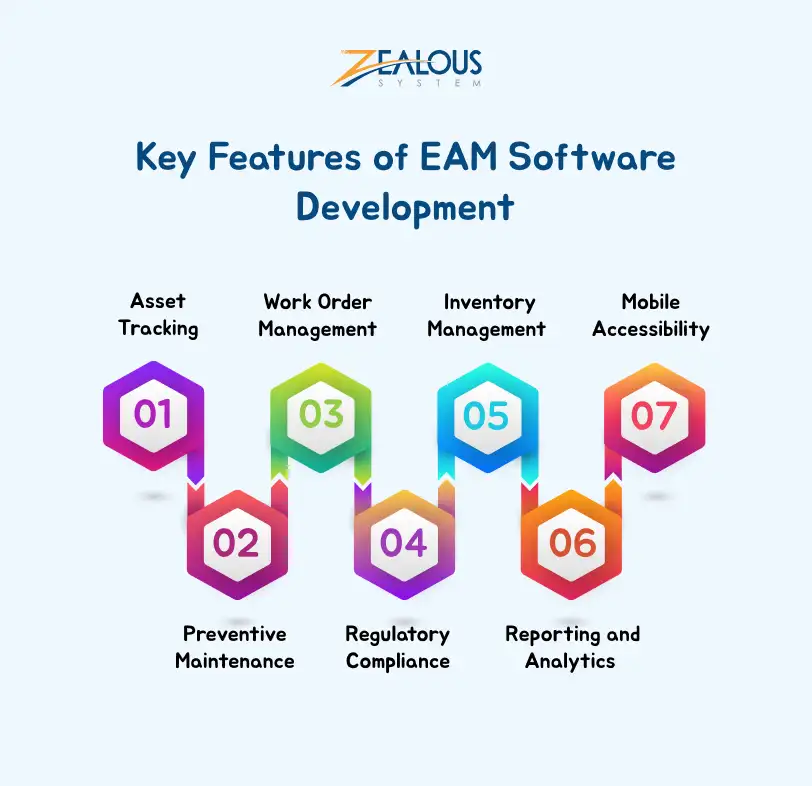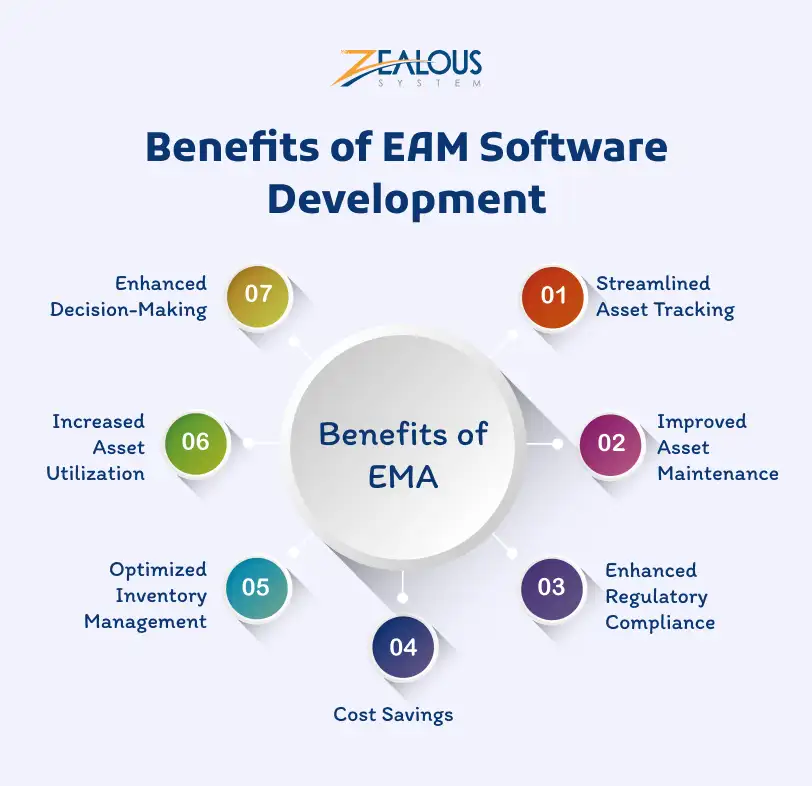
- Company
- Services
- UI/UX Design Services
- Microsoft Dynamics 365
- Mobile App Development
- AI Software Development
- Web App Development
- Generative AI Development
- Digital Product Development
- Enterprise Mobility
- SaaS Application Development
- Application Integration
- White-label WP Maintenance
- ERP Software Solutions
- Software Testing
- Offshore Development Center
- Let’s Connect
- Trending
- Technology
- Industry
- Build Your Team
- Our Work
- Company
- Services
- UI/UX Design Services
- Microsoft Dynamics 365
- Mobile App Development
- AI Software Development
- Web App Development
- Generative AI Development
- Digital Product Development
- Enterprise Mobility
- SaaS Application Development
- Application Integration
- White-label WP Maintenance
- ERP Software Solutions
- Software Testing
- Offshore Development Center
- Let’s Connect
- Trending
- Technology
- Industry
- Build Your Team
- Our Work
We use cookies and similar technologies that are necessary to operate the website. Additional cookies are used to perform analysis of website usage. please read our Privacy Policy
EAM Software Development: Features, Benefits, Implementation Guide

Enterprises across industries rely on physical assets – from machinery in factories to power grids in utilities – to function efficiently. Enterprise asset management (EAM) software is the key to maximizing the lifespan and productivity of these assets, ultimately driving significant cost savings and operational improvements.
Managing assets efficiently is crucial for maintaining competitiveness and ensuring smooth operations. Enterprise asset management (EAM) software emerges as the cornerstone for organizations seeking to streamline asset lifecycles, optimize maintenance strategies, and enhance overall productivity.
Enterprise asset management software is a game-changer for companies struggling with manual asset tracking. It simplifies the process and makes it manageable, even for large enterprises. This software doesn’t just track inventory across various locations; it also assists with asset maintenance, ensures regulatory compliance, and offers a range of other benefits.
This complete guide will help you with everything you need to understand about EAM software development, its benefits and functionalities, and how to choose the right solution for your enterprise.
Enterprise Asset Management (EAM) Software Market Size and Growth:
The enterprise asset management market is expected to grow well in the coming years as it helps in improving the performance of the assets and helps in the growth of the industries or businesses.
As per report by Precedence Statistics, The global enterprise asset management market size was valued at USD 4.63 billion in 2023 and is expected to hit around USD 11.66 billion by 2032, poised to grow at a compound annual growth rate (CAGR) of 10.8% during the forecast period 2023 to 2032. North America enterprise asset management market size was estimated at USD 1.37 billion in 2022.
- Asia-Pacific is expected to grow at a CAGR of 11.4% from 2023 to 2032.
- By component, the solution segment is projected to reach at a CAGR of 11% from 2023 to 2032.
- The cloud segment is expected to grow at a CAGR of 11.2% from 2023 to 2032.
- The services segment is growing at a CAGR of 10.4% between 2023 to 2032.
What is Enterprise Asset Management (EAM) Software?
Enterprise Asset Management (EAM) software is a robust solution designed to monitor, track, and manage an organization’s assets throughout their entire lifecycle. These assets can range from physical equipment, machinery, and vehicles to digital assets such as software licenses and intellectual property.
Major EAM Software Development Features and Functionalities:
EAM Software is a powerful tool that helps organizations streamline their asset management processes, improve efficiency, and reduce costs. Here are the seven key features and functionalities that make EAM Software development for businesses:
1: Asset Tracking:
EAM Software development provides full asset tracking capabilities, allowing organizations to monitor the location, status, and condition of their assets in real-time. With features like barcode scanning and RFID technology integration, businesses can easily track assets across multiple locations and ensure accurate inventory management.
2: Preventive Maintenance:
One of the primary functions of EAM Software development is preventive maintenance scheduling. It enables organizations to create and manage maintenance schedules based on asset usage, performance data, and predefined maintenance criteria. By proactively addressing maintenance needs, businesses can minimize downtime, extend asset lifespan, and reduce costly repairs.
3: Work Order Management:
EAM Software development facilitates efficient work order management by automating the process of creating, assigning, and tracking work orders.
It allows organizations to prioritize tasks, allocate resources effectively, and monitor work order progress in real-time. With centralized work order management, businesses can streamline maintenance activities and improve workforce productivity.
4: Regulatory Compliance:
EAM Software development helps businesses ensure regulatory compliance by providing features to manage and track compliance-related activities. It enables organizations to document compliance procedures, generate audit trails, and demonstrate adherence to industry standards and government regulations. With built-in compliance management tools, businesses can mitigate the risk of non-compliance and avoid costly penalties.
5: Inventory Management:
Effective inventory management is essential for optimizing asset utilization and minimizing inventory-related costs. EAM Software development offers robust inventory management capabilities, allowing organizations to track inventory levels, reorder materials, and manage stock levels efficiently.
By maintaining accurate inventory records and optimizing inventory processes, businesses can reduce inventory carrying costs and improve supply chain efficiency.
6: Reporting and Analytics:
EAM Software development provides powerful reporting and analytics tools that enable organizations to gain valuable insights into their asset performance, maintenance activities, and operational efficiency.
It allows businesses to generate custom reports, visualize key performance indicators, and identify trends and patterns in asset management data. With actionable insights derived from reporting and analytics, organizations can make informed decisions and optimize their asset management strategies.
7: Mobile Accessibility:
Mobile accessibility is essential for enabling remote asset management and ensuring workforce productivity. EAM Software development offers mobile applications that allow users to access critical asset information, create work orders, and perform maintenance tasks from anywhere, anytime. With mobile accessibility, businesses can empower their workforce to stay connected and responsive, improving overall operational efficiency.
Benefits of Enterprise Asset Management (EAM) Software Development:
Enterprise Asset Management (EAM) software development offers numerous benefits for businesses across various industries. Here are some key advantages:
1. Streamlined Asset Tracking:
EAM Software development benefits by providing a centralized platform to track assets, making it easier to monitor their location, status, and usage. This streamlined approach eliminates the need for manual tracking methods, reducing errors and improving efficiency.
2. Improved Asset Maintenance:
With EAM software, companies benefit by being able to implement preventive maintenance schedules based on asset usage and performance data. This proactive approach helps prevent unexpected breakdowns, prolongs asset lifespan, and reduces maintenance costs.
3. Enhanced Regulatory Compliance:
EAM Software often includes features to ensure regulatory compliance with industry standards and government regulations. By automating compliance processes and generating audit trails, businesses can minimize the risk of non-compliance and associated penalties while benefiting from EAM Software.
4. Cost Savings:
EAM software contributes to cost savings by reducing manual labor, minimizing downtime, optimizing asset utilization, and enhancing efficiency across various operational areas. These cost savings translate into improved profitability and competitive advantage for businesses.
5. Optimized Inventory Management:
EAM software enables better inventory management by providing real-time visibility into stock levels, usage patterns, and reorder points. This helps prevent stockouts, minimize excess inventory, and optimize procurement processes.
6. Increased Asset Utilization:
By analyzing asset performance data, EAM software helps businesses identify underutilized assets and optimize their usage. This maximizes ROI (Return on Investment) by ensuring that assets are utilized to their full potential.
7. Enhanced Decision-Making:
EAM Software generates complete reports and analytics, empowering businesses to make data-driven decisions regarding asset acquisition, maintenance strategies, and resource allocation, thus benefiting from the insights provided by EAM Software. This visibility into asset performance and costs enables informed decision-making for long-term business success.
How to Develop Enterprise Asset Management Software Development?
To ensure a successful EAM software development, it’s crucial to follow best practices every step of the way. Here are key considerations for building EAM Software effectively:
Step 1. Define Objectives and Requirements:
Before starting on the development process, it’s essential to define clear objectives and requirements for your EAM Software. Identify the specific goals you aim to achieve with the software, such as improving asset visibility, reducing maintenance costs, or enhancing regulatory compliance.
You need to outline the functional and technical requirements that the EAM Software must fulfill to meet your organization’s needs effectively.
Step 2. Engage Stakeholders:
Successful EAM Software development requires the active involvement and support of stakeholders across the organization. Engage key stakeholders from various departments, including maintenance, operations, IT, finance, and procurement, to ensure their buy-in and participation throughout the implementation process.
Collaborate closely with stakeholders to gather input, address concerns, and align the implementation plan with organizational objectives.
Step 3. Data Migration and Integration:
Effective data migration and integration are critical components of EAM Software development. Assess the existing data sources and determine the data that needs to be migrated to the new system.
Develop a full data migration strategy to ensure the accurate transfer of data while minimizing disruptions to operations. Additionally, identify integration points with other systems, such as ERP or CMMS systems, and establish seamless data exchange processes to maximize the value of your EAM Software.
Step 4. Training and Change Management:
The complete training and change management initiatives are essential to ensure user adoption and maximize the effectiveness of EAM Software. Develop tailored training programs to educate users on the features and functionalities of the software and provide hands-on experience to reinforce learning.
You can implement change management strategies to address resistance to change, foster a culture of continuous learning, and promote user engagement and empowerment.
Step 5. Continuous Improvement:
EAM Software development is not a one-time event but an ongoing journey of continuous improvement. Establish a process for collecting feedback from users and stakeholders, monitoring system performance, and identifying areas for optimization.
Regularly review and refine your EAM processes and workflows to align with evolving business needs and industry best practices. By using a culture of continuous improvement, organizations can leverage their EAM Software to drive innovation, efficiency, and growth.
Essential Technologies for EAM Software Development
Enterprise Asset Management (EAM) software development requires a comprehensive set of technologies to ensure efficiency, scalability, security, and usability. Here are some essential technologies commonly used in EAM software development:
1. Database Management Systems (DBMS):
A robust DBMS is crucial for storing, organizing, and retrieving asset-related data efficiently. You can choose databases like MySQL, PostgreSQL, or Oracle, as well as NoSQL databases like MongoDB for handling unstructured data.
2. Web Development Frameworks:
EAM software often involves web-based interfaces for accessibility. Frameworks like React, Angular, or Vue.js for frontend development and Node.js, Laravel, Java for backend development can be employed to build responsive and scalable web applications.
3. Cloud Computing:
Leveraging cloud platforms like Amazon Web Services (AWS), Microsoft Azure, or Google Cloud Platform (GCP) offers scalability, reliability, and flexibility for hosting EAM applications. Additionally, serverless computing options such as AWS Lambda or Azure Functions can optimize resource utilization and reduce costs.
4. Mobile Development Technologies:
Mobile applications are essential for field technicians and managers to access asset information on the go. Technologies such as React Native, Xamarin, or Flutter enable cross-platform mobile app development, ensuring compatibility across multiple devices and operating systems.
5. Internet of Things (IoT):
Integrating IoT sensors with EAM software enables real-time monitoring and predictive maintenance of assets. Technologies like MQTT for lightweight messaging, protocols such as OPC UA for industrial communication, and platforms like AWS IoT or Azure IoT Suite facilitate seamless integration of IoT devices with EAM systems.
6. Geographic Information System (GIS):
For organizations managing spatially distributed assets like pipelines or utility networks, GIS technology is essential. Enterprsie software integration with GIS platforms like Esri ArcGIS or open-source alternatives like GeoServer allows for visualization, analysis, and spatial querying of asset data.
7. Integration Middleware:
EAM software often needs to integrate with other enterprise systems such as ERP (Enterprise Resource Planning) or CMMS (Computerized Maintenance Management System). Enterprise software integration middleware solutions like Apache Kafka, MuleSoft, or IBM Integration Bus facilitate seamless data exchange and interoperability between disparate systems.
Conclusion
By following this comprehensive guide and partnering with a qualified EAM software development company, you can develop a custom EAM software solution that empowers your organization to optimize asset management, achieve cost savings, and gain a competitive edge. Remember, EAM software is an investment in your organization’s future, ensuring the smooth operation and longevity of your valuable assets.
We are here
Our team is always eager to know what you are looking for. Drop them a Hi!
Pranjal Mehta
Pranjal Mehta is the Managing Director of Zealous System, a leading software solutions provider. Having 10+ years of experience and clientele across the globe, he is always curious to stay ahead in the market by inculcating latest technologies and trends in Zealous.
Table of Contents
×




Comments